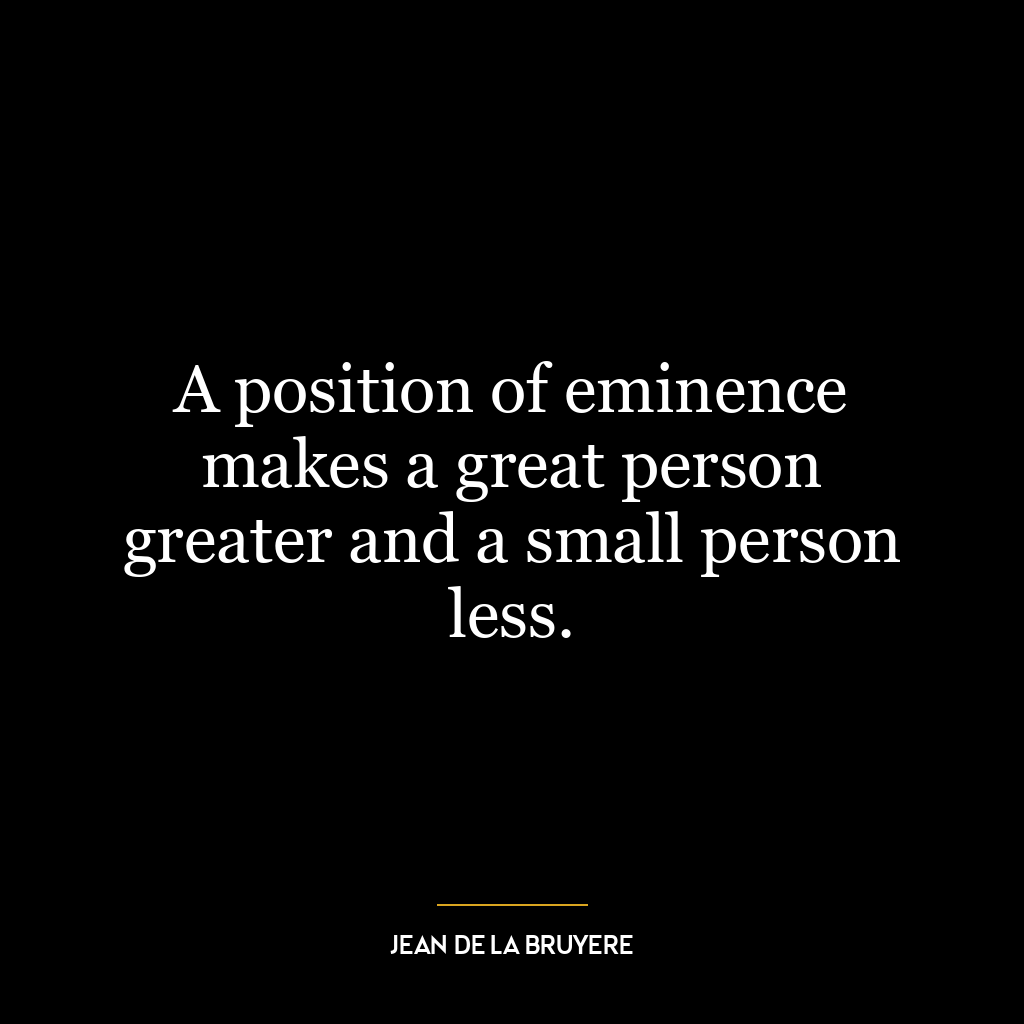This quote suggests that the adolescent years of any leader play a crucial role in shaping their leadership style and approach. During the teen years, individuals experience significant physical, emotional, and intellectual changes. They start forming their own perspectives about life, society, and their role within it. They begin to identify their strengths and weaknesses, develop values and principles that often stay with them throughout their lives.
For leaders specifically, these formative years can greatly influence how they lead. For example, experiences of adversity during adolescence may foster resilience and determination in a leader. Alternatively, exposure to diverse cultures or ideas might result in a more inclusive or innovative leadership style.
Applying this concept today could mean paying more attention to youth development – investing time into nurturing future leaders by providing them with opportunities for growth during these critical years. This could include initiatives like mentorship programs or leadership training at an early age.
In terms of personal development too this idea holds significance as it encourages introspection into one’s own teenage experiences which might have influenced current behaviors or attitudes – positively or negatively – especially if one is in a position of influence or authority. Recognizing these influences may help individuals understand themselves better as leaders; they can then choose to either cultivate those traits further if they are beneficial or work on changing them if they are not.
In essence, the quote emphasizes the importance of understanding our pasts to make sense of our present actions – particularly those related to leadership – thereby enabling us not just become better leaders but also fostering healthier societies by creating environments conducive for young people’s overall growth.















